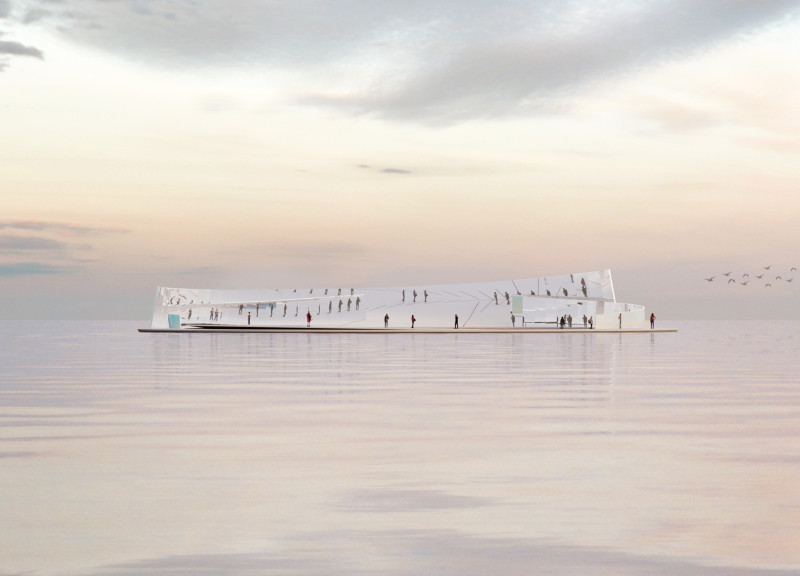5 key facts about this project
The Pavilion of Humanity serves as a space for reflection on existence and identity. It invites visitors to engage with their own thoughts and experiences, encouraging a deeper understanding of themselves and their connections to others. Designed to be both functional and contemplative, the Pavilion offers a unique environment that fosters dialogue and introspection.
Reflective Surfaces
Mirrors are a key feature of the Pavilion. They create an engaging atmosphere where visitors can see themselves and each other. This design choice encourages individuals to reflect on their identities and relationships. The interplay of light and reflection enhances the experience, making visitors not just observers but active participants in their exploration.
Philosophical Engagement
The Pavilion prompts significant questions about human existence. Its design encourages contemplation, urging visitors to think about what it means to be human. These philosophical themes are woven into the structure, making it a place for personal inquiry. As guests navigate the space, they are invited to consider their own lives and the lives of others, deepening their understanding of community and connection.
Spatial Dynamics
The interior layout of the Pavilion promotes interaction and conversation. Open spaces allow for movement and exchange among visitors. This design creates a sense of equilibrium, akin to a stage where everyone has a role. Each person's presence contributes to the collective experience. By encouraging engagement, the Pavilion fosters a sense of belonging among its users.
Natural Light and Transparency
Natural light is a vital element in the Pavilion. Large openings direct sunlight into the interior, casting shifting patterns of light throughout the day. This natural illumination adds layers to the reflective surfaces, enhancing the overall atmosphere and inviting further contemplation. The changing light also helps create a sense of time, reminding visitors that their own experiences are part of a larger continuum.
The Pavilion of Humanity stands as an exploration of identity and self-awareness. Through its thoughtful design and reflective features, it creates a space where individual experiences merge into a shared journey of discovery.



















































